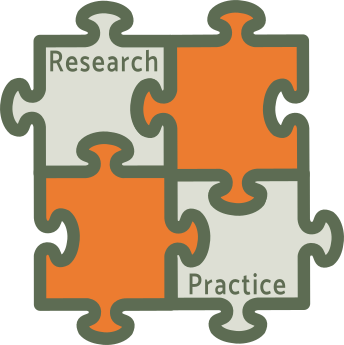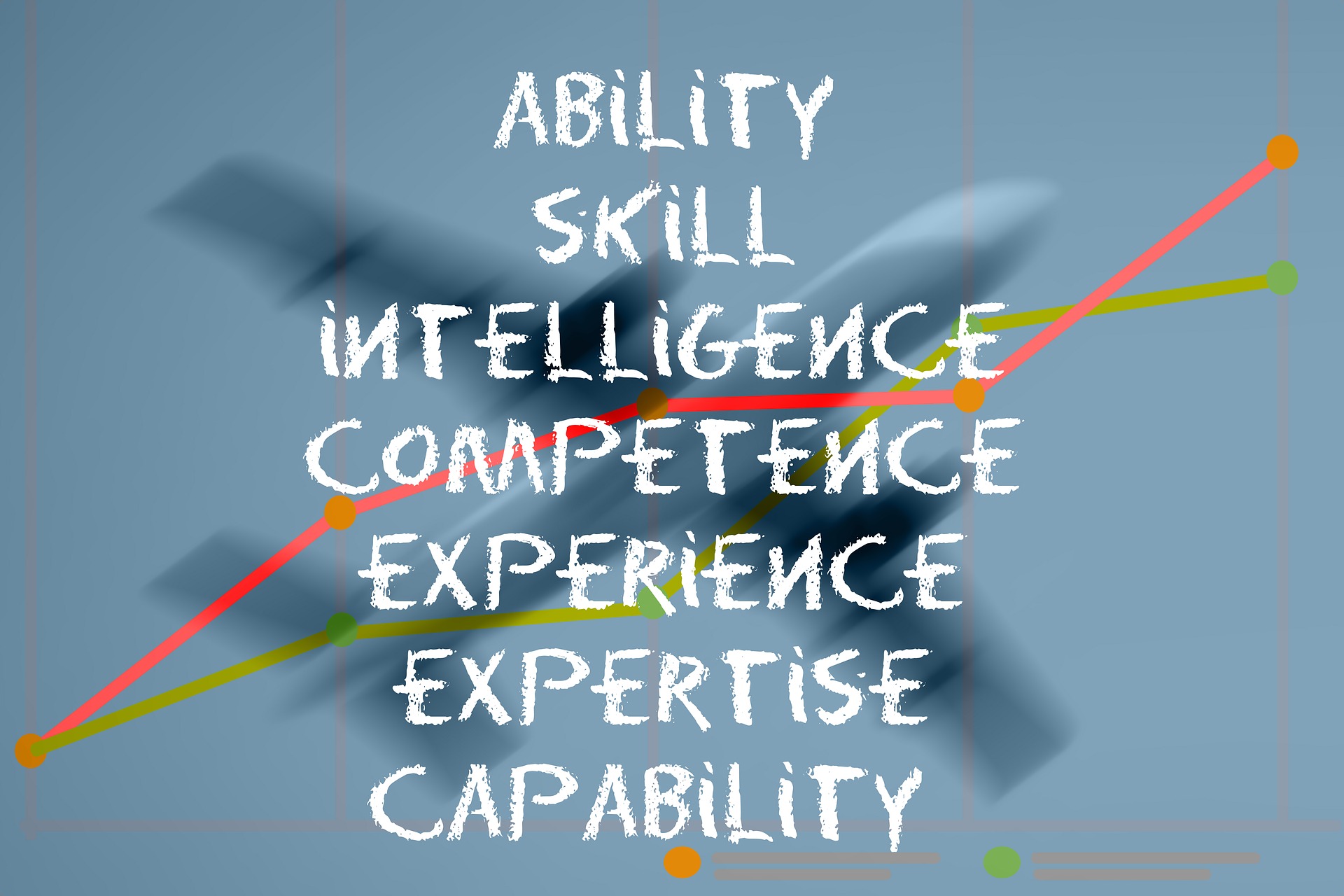Nyheter & Innsiktsartikler relatert til Business – IT alignment

Praktisk verdi av IKT-forskning
Det gjennomføres mye forskning på bruk av IKT i organisasjoner, med ulike perspektiver og på ulike tema som praktikere er opptatt av. Resultater fra slik forskning kan dermed gi verdifull innsikt på områder med strategisk betydning for organisasjoner. Dette krever imidlertid at det etableres gode måter å utveksle aktuell kunnskap på.
![]()
Information systems strategy Digital transformation Business – IT alignment Digital leadership

Kompetanse til IKT-personell
Studier viser at kompetansen til IKT-personell har betydning for organisasjoners evner til å utnytte teknologi for økt verdiskapning. Dette inkluderer organisasjoners evne til å oppnå samsvar mellom IKT-strategi og forretningsstrategi, og til utnyttelse av IKT for økt tilpasningevne.
![]()

Informasjonsteknologi og produktivitetsparadokset
Informasjonsteknologiens produktivitetsparadoks viser til en uoverensstemmelse mellom investeringer i teknologi og produktivitetsvekst. Mange studier viser at IKT ikke nødvendigvis har positiv effekt på organisasjoners resultater i seg selv, men at de må kombineres med andre organisatoriske tiltak for å skape verdi.
![]()
Information systems strategy Organizational agility IT and innovation Business – IT alignment